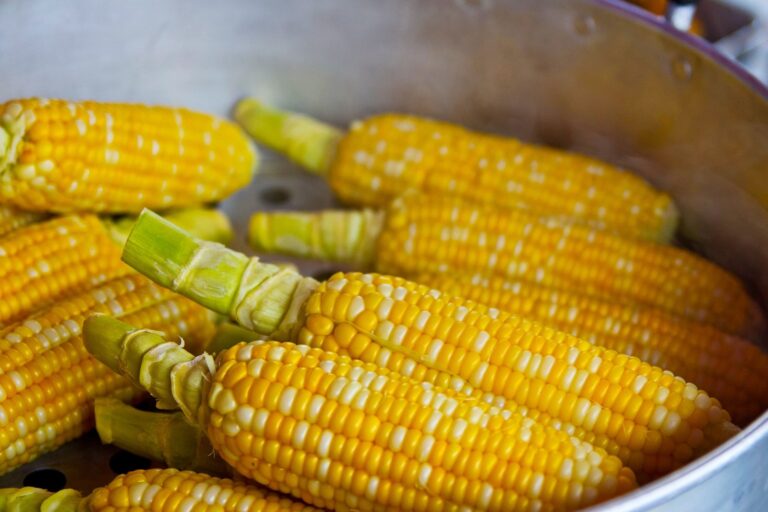Whether you know it or not


From soybeans and apples to corn and potatoes, more foods are becoming genetically modified for reasons ranging from increased yields, pest resistance, or even saving an entire industry from demise.
And many of these crops are over 90% genetically modified (GM) in the U.S., meaning you would struggle to find a non-GM option. So whether you are for, or against GM foods, it’s likely that you are consuming them without even knowing it.
To prove it to you, here’s a list of common foods made from GM crops.
Sugar


About half of the U.S. sugar supply is made from GM sugar beets. The beets are easier to grow since they are herbicide resistant, which helps farmers manage weeds. In the U.S. and Canada, the adoption of GM sugar beets is over 90%, so you can usually assume you’re getting GM sugar beets.
The other major source of sugar is sugar cane, which hasn’t been genetically altered. If you’re trying to avoid GM foods, look for products that specifically say “cane sugar” in the ingredient list. This is an easy trick to avoid sugar made from GM sugar beets.
Corn


In 2020, it’s estimated that about 92% of the corn planted in the U.S. is GM.
Corn was actually one of the earliest crops to be genetically modified. In 1996, farmers were introduced to the genetically engineered BT corn. The BT comes from the soil bacterium Bacillus thuringiensis, which naturally protected crops from pests. This type of bacteria produces a protein toxin that attacks the gut of insects and is lethal to larval caterpillars. Now, the corn could produce the same toxin.
At the time, scientists thought BT corn would be a slam dunk. It would reduce the amount of pesticide sprayed on fields and spores of Bacillus thuringiensis were already commonly used in organic farming.
“We thought it was going to be the greatest thing since sliced bread.”
–Guy Cardineau, agricultural biotechnologist
However, the public backlash to GM corn was immediate and strong. I guess not strong enough to discontinue genetic modification of corn, since various types of GM corn have continued to be introduced with properties like increased resistance to insects and herbicides.
Of course, many of us incorporate corn into our diet, but you also need to take into account the many food ingredients produced from corn. The end result is that any foods made from raw corn, like chips, taco shells, corn syrup, corn starch, and corn oil could also be considered GM.
Soybeans


Over 94% of the soybeans grown in the U.S. are GM. Although most of the soybeans will be incorporated into animal feed, humans also consume a smaller amount of GM soybeans.
For many of us, soybeans don’t directly make it onto our dinner plate. At least not in their original form. But consider that soybeans are the raw ingredients for many processed foods like soymilk, tofu, edamame, and soy sauce. It’s also used to produce food ingredients like soy protein, soybean oil, and an emulsifier called soy lecithin.
Canola Oil


Canola oil is one of the most popular cooking oils and commonly incorporated into margarines. The oil is harvested from the rapeseed plant, which is why many countries like the UK call it rapeseed oil.
It’s estimated that over 95% of the rapeseed plants used to make canola oil are GM. Generally, if you live in Canada, Australia, or the U.S. it’s safe to assume any canola oil was made from GM rapeseed.
Since the 90s, the amount of genetically modified crops being funneled into the food supply has slowly grown. This has brought us to a point in 2020 where it’s nearly impossible to avoid GM food. Most people eat GMOs without ever knowing it.
This is all about to change, at least in the U.S. By 2022, foods that have been genetically modified must be labeled with the bioengineered logo. Meaning consumers will be much more aware if they’re buying GM food or not.
But for now, GM and non-GM food will continue to intermingle on our dinner plate, at least for the next couple of years.

